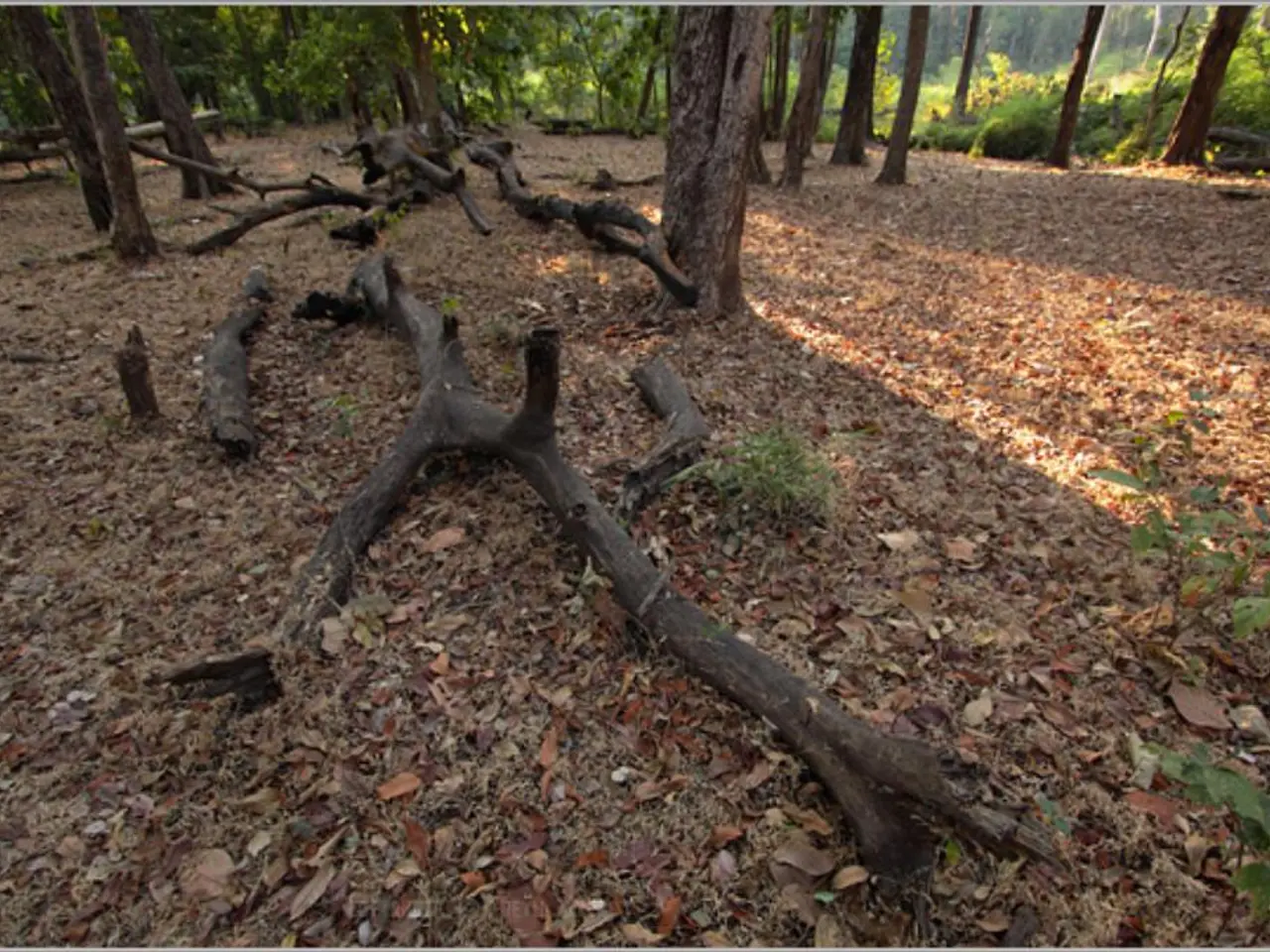Tropical Forests of Borneo Engage in Communication Amongst Themselves - Likely Discussing Human Presence
In the heart of Borneo's ancient rainforests, a symphony of life unfolds, one that humans are only just beginning to understand. Trees, long considered solitary organisms, are found to be interconnected in a complex web of communication, resilience, and cooperation. The towering dipterocarp trees, reaching over 250 feet, form the backbone of this lush ecosystem. They are not just standing tall, but also communicating and adapting in response to human presence and the shifting climate. Trees near human activity alter their growth patterns, producing more defensive chemicals and adjusting their flowering and fruiting times. This is a testament to their adaptability, a trait that humans would do well to emulate in the face of environmental change. The roots of these trees intertwine and overlap beneath the forest floor, forming a tangled web of life. Mycorrhizal fungi form a symbiotic relationship with tree roots, creating a dense and diverse network known as the 'wood wide web.' This network allows trees to share nutrients and send signals, with older trees passing knowledge to young saplings to make them more resilient. Communication in these forests is not limited to physical connections. Trees under attack by herbivores release chemical signals called volatile organic compounds (VOCs), which can spread warnings to neighboring trees. Some researchers believe that trees might also use sound to communicate, with tiny vibrations traveling through roots and stems. Animals like orangutans, hornbills, and pygmy elephants play crucial roles in these communication networks. They disperse seeds, helping trees to grow, and can 'eavesdrop' on tree signals, using volatile compounds as cues to find food or avoid danger. However, human activities such as logging, agriculture, and road construction disrupt these underground networks, isolating trees from their allies and weakening the forest's resilience. As a result, the conversations in Borneo's forests are growing more urgent, with trees sending out more distress signals and struggling to adapt to higher temperatures and erratic rainfall. Indigenous peoples in Borneo have long understood that the forest is alive with communication. Their stories and traditions speak of trees as sentient beings capable of listening and responding to human actions. Scientists can 'read' tree rings in Borneo to uncover stories of drought, fire, and human impact. Chemical changes in the rings reveal times of stress and sudden shifts marking moments of disturbance. The fate of the forest depends on how well its communication systems can withstand the coming changes, with the ability to talk and listen becoming more important than ever. The idea that trees communicate is a lesson for humanity, showing that strength comes from connection, cooperation, and resilience. When we ignore these lessons, we put the entire ecosystem at risk. Standing in Borneo's rainforest, it's impossible not to feel a sense of awe - and responsibility - as humans are woven into the fabric of these ancient networks, with every action sending ripples through the system. The real question is whether humans are ready to listen and become part of their story.







